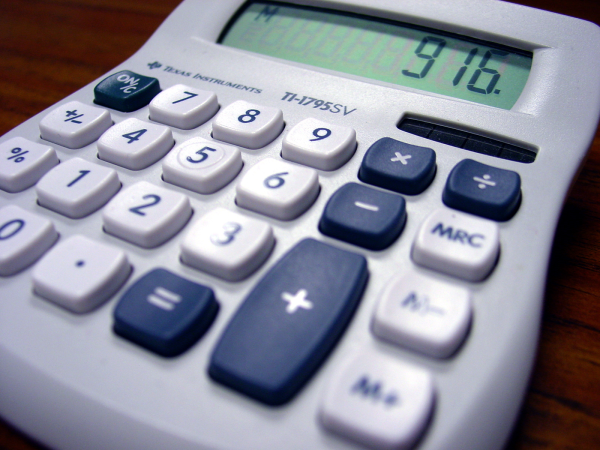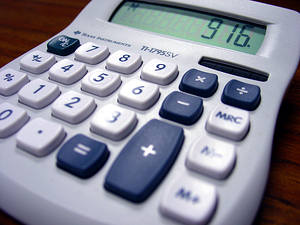Which SAT Math Section Are You Working On?

 Some students are not fans of math, but that doesn’t mean they can’t do well on the SAT math section when it comes time to take the test.
Some students are not fans of math, but that doesn’t mean they can’t do well on the SAT math section when it comes time to take the test.
In fact, they have just as good a chance as any student if they learn the proper strategies for approaching and solving problems. And depending on what SAT math section you’re working on, there are different strategies to learn.
Read through these strategies for each math section to help you succeed on every one!
Multiple Choice SAT Math Section
- Solving the problems will most likely be faster than working by process of elimination. But if you don’t know how to solve the problem…
- Work by process of elimination; this is one of the default strategies for all SAT prep when students are stuck. For example, if you know for a fact that a few answers simply won’t work because they’re illogical, ignore them and test out the other answers.
- Pick a substitute number for any variable (like x and y) to help you better find the right answer (it’s always easier to work with numbers than variables).
- Take an educated guess by working backwards, seeing which answer can be plugged in to the problem to make it work. This only works well with answers that are all numbers and don’t involve variables.
- Read the problem very carefully and make sure you understand the underlying concepts beneath the words and formulas.
Grid-On SAT Math Section
- Avoid writing your answers in the empty boxes above the grids (the computers that score the test only read the grid ovals), unless you want to make sure you didn’t make a mistake filling out the ovals. This saves you time to work on more of the grids.
- The grids don’t accept answers that are longer than 4 digits, that are negative, or that are fractions/decimals with more than 3 digits. Pay attention to your answers and immediately work on fixing any that break one of these three guidelines.
General Tips for SAT Math Sections & Test Prep
- Know the test directions ahead of time and look for keywords in the problem instructions.
- If you don’t know how to solve a problem, your calculator won’t, either; don’t bother using it in these instances.
- Always ask yourself, “What is the question asking? What do I know about it, and what do I need to solve it?”
- Remember that questions go from easiest to hardest, and that if you really don’t know an answer, you can guess or estimate the best one.
It’s always good to understand the math concepts and computations, on your test, but these alone can’t help you pass the test.
Learning the strategies for each SAT math section will not only help you have a greater chance of success on SAT math, but you’ll also have a better chance of an overall test score!

